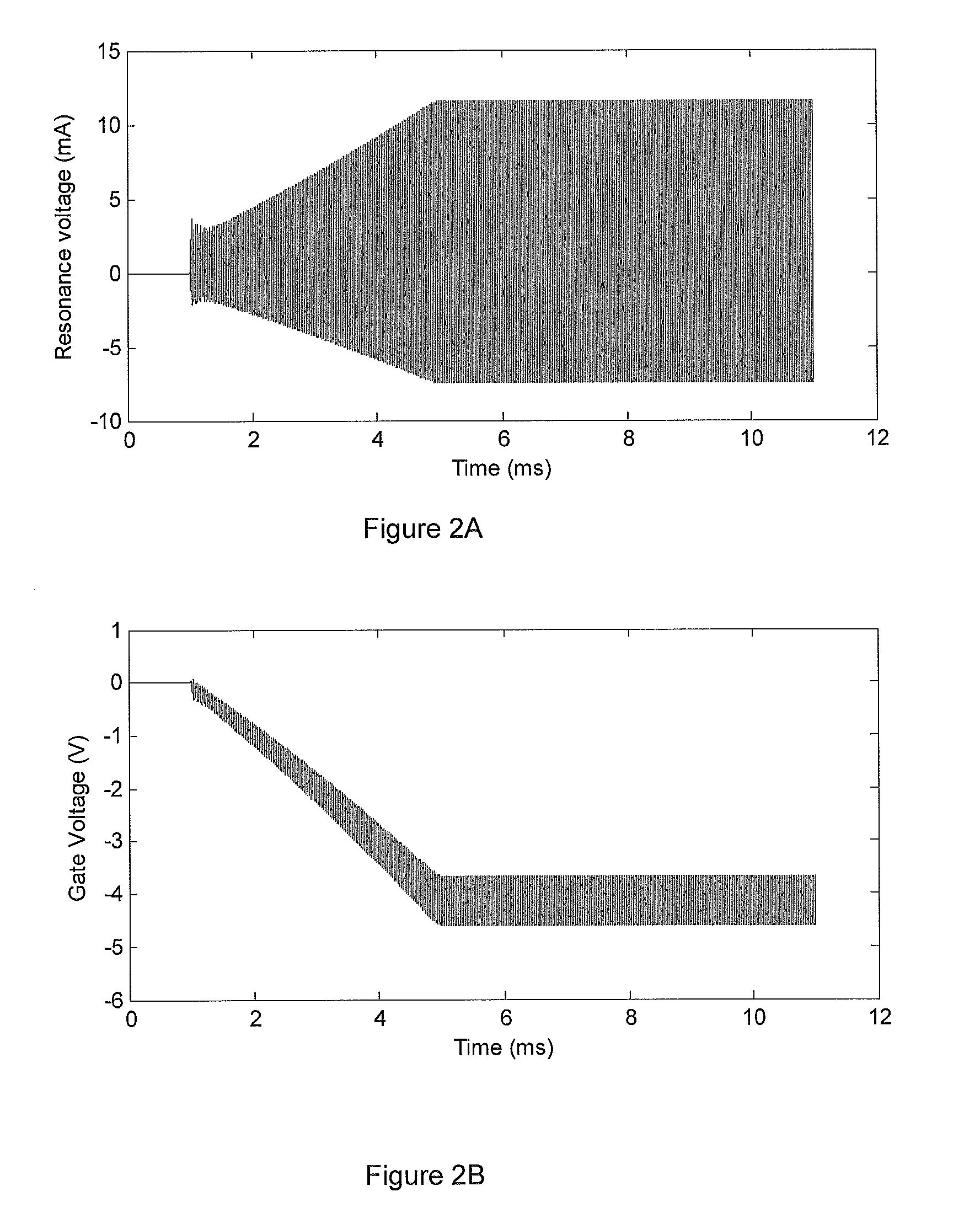RFID tags
a technology of rfid tags and tags, applied in the field of rfid tags, can solve the problems of low value of tag q, system susceptible to severe degradation, and insufficient communication bandwidth, and achieve the effects of high q operation, fast response, and extended powering rang
- Summary
- Abstract
- Description
- Claims
- Application Information
AI Technical Summary
Benefits of technology
Problems solved by technology
Method used
Image
Examples
Embodiment Construction
[0063]The following description of a resonant circuit responsive to a wide frequency range is merely exemplary in nature and is in no way intended to limit the invention or its applications or uses. Those skilled in the art will recognise that in addition to the field of RED it may equally well be applied to any area requiring the generation or detection of modulation with a resonant antenna.
[0064]FIG. 1 shows a schematic of the self-adaptive resonator applied to a tag. The resonator is based on an antenna with 1 mH inductance and 10 Ω resistance, giving a Q of approximately 80. This antenna is in parallel with a network of three capacitors and a MOSFET that together form the self-adaptive resonator. The operation of this circuit is illustrated by the waveforms in FIG. 2.
[0065]FIG. 2A shows the resonance voltage in the tag in response to a stimulus field turned on at 1 ms. When the field is first turned on the MOSFET gate voltage is at 0V, as shown in FIG. 2B, and the resonator firs...
PUM
 Login to View More
Login to View More Abstract
Description
Claims
Application Information
 Login to View More
Login to View More - R&D
- Intellectual Property
- Life Sciences
- Materials
- Tech Scout
- Unparalleled Data Quality
- Higher Quality Content
- 60% Fewer Hallucinations
Browse by: Latest US Patents, China's latest patents, Technical Efficacy Thesaurus, Application Domain, Technology Topic, Popular Technical Reports.
© 2025 PatSnap. All rights reserved.Legal|Privacy policy|Modern Slavery Act Transparency Statement|Sitemap|About US| Contact US: help@patsnap.com



